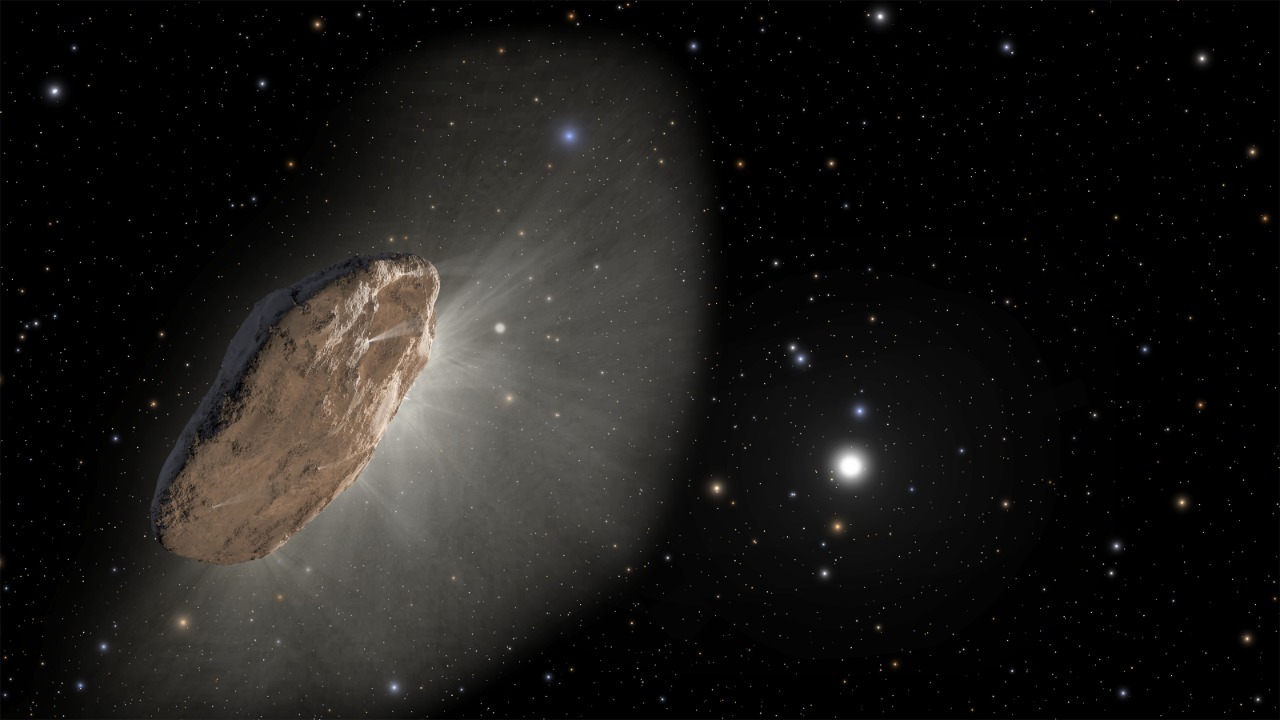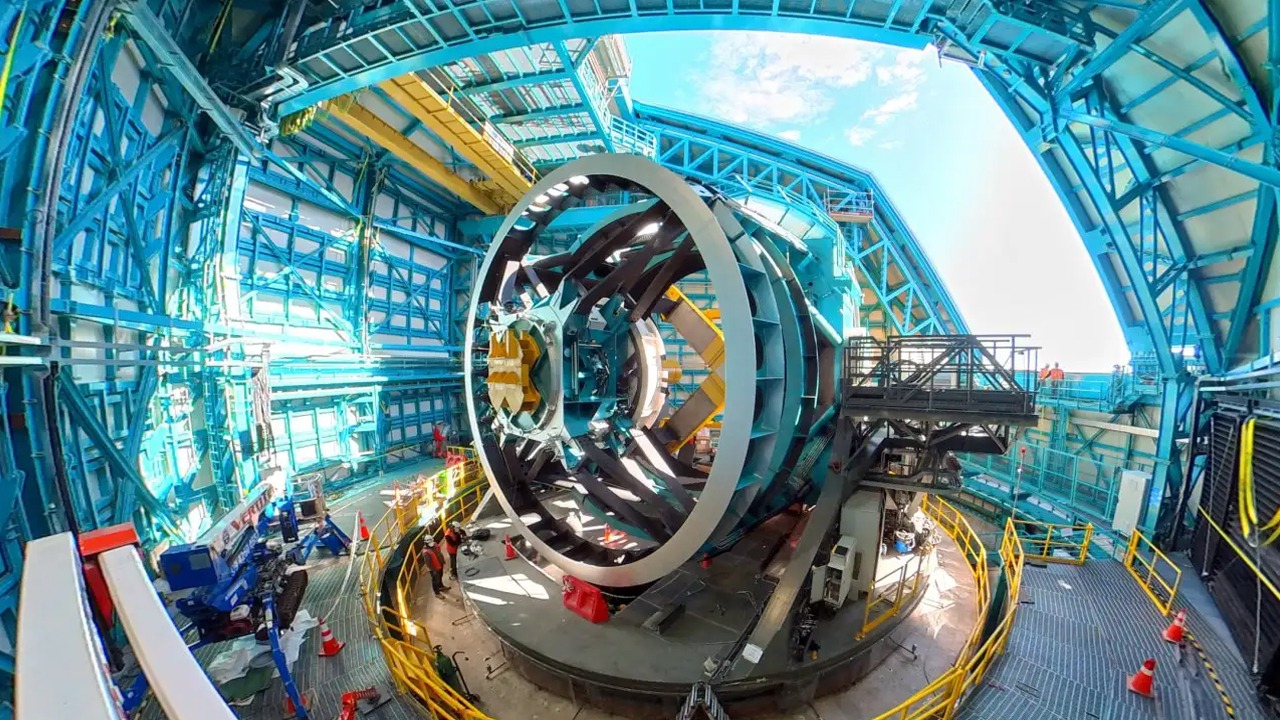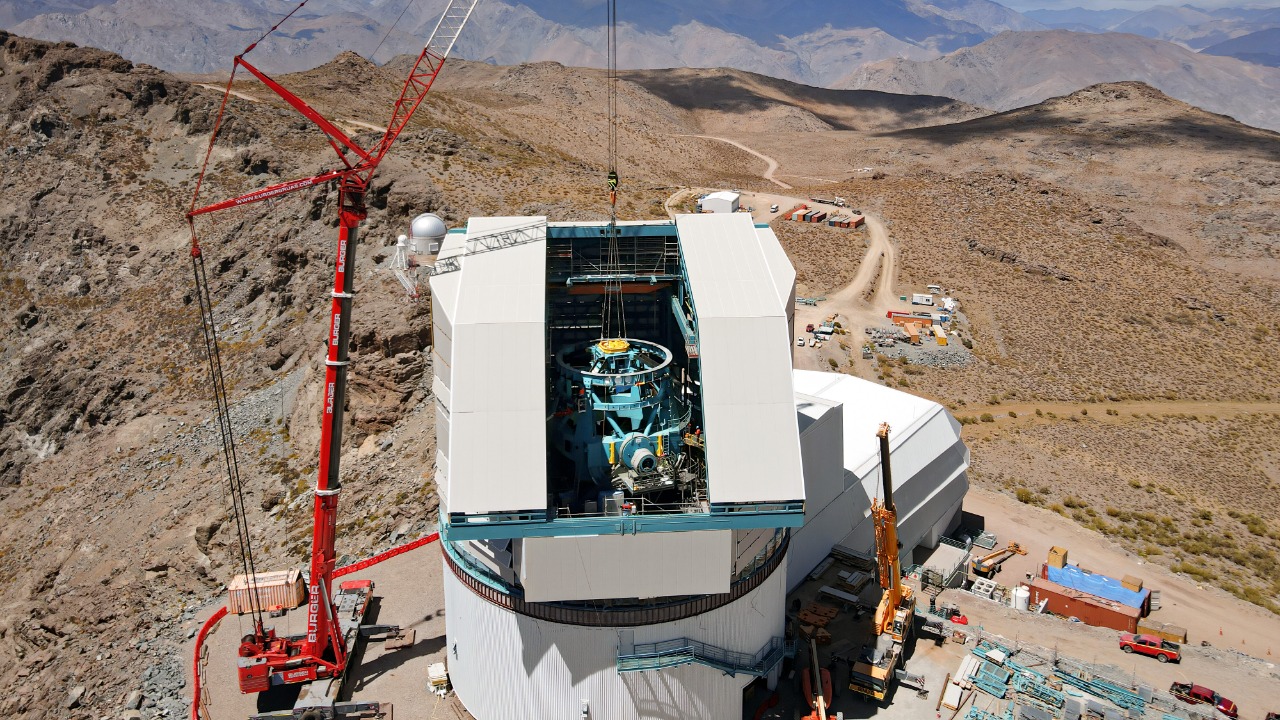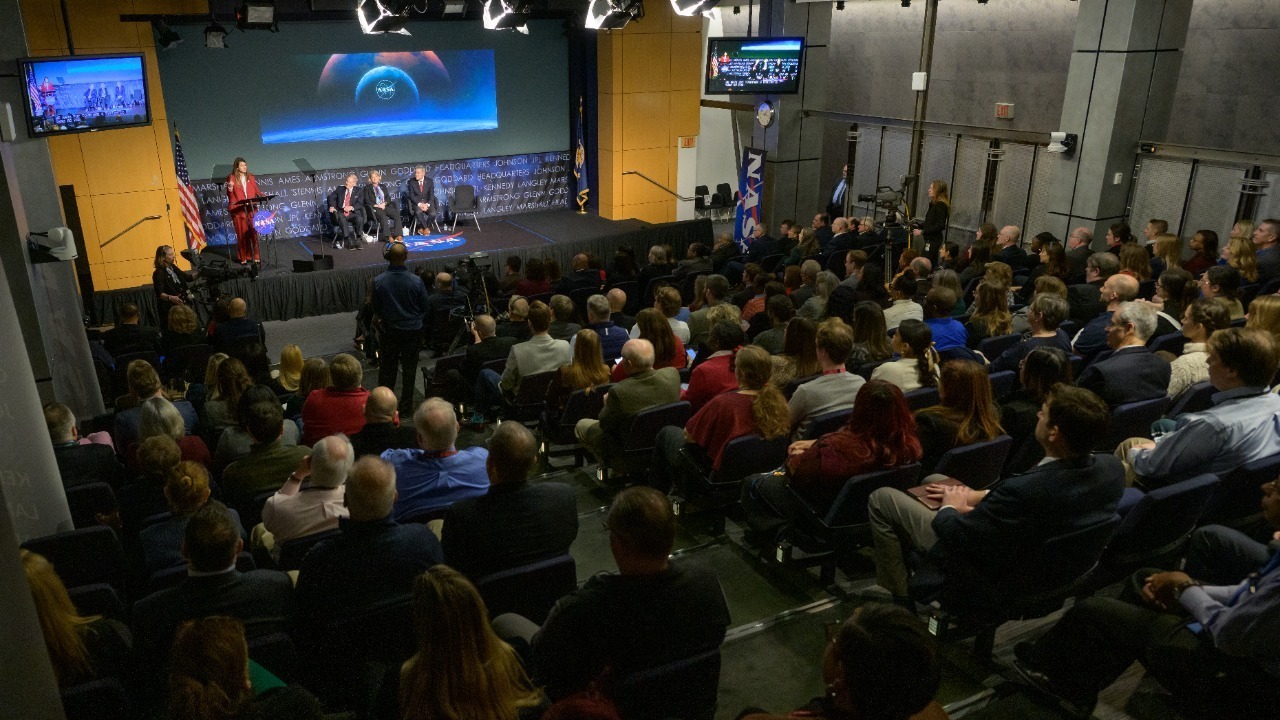
Recent discoveries in our solar system have ignited debates among researchers about the possibility of extraterrestrial intelligence. The unusual behavior and characteristics of certain interstellar objects have led some scientists to speculate that these could be alien probes disguised as asteroids. This article delves into the evidence and discussions surrounding this intriguing hypothesis.
The Mysterious Interstellar Objects

3I/ATLAS Discovery
The recent identification of 3I/ATLAS, a 7-mile-wide interstellar object, has captured the attention of astronomers worldwide due to its unprecedented size. Discovered by the Vera C. Rubin Observatory, 3I/ATLAS stands as the largest interstellar object ever detected entering our solar system. Its massive stature and trajectory, which does not align with typical patterns of solar system bodies, spark curiosity and concern about its origin and purpose.
The significance of such a large object entering our solar system cannot be understated. Astronomers have observed its path and velocity, which indicate that it is not bound to the sun’s gravitational pull. This hints at an interstellar origin, making it a rare and intriguing subject for study. The Vera C. Rubin Observatory’s advanced technology allows for detailed observation, providing crucial data to help scientists understand the object’s composition and behavior.
Oumuamua’s Unusual Characteristics
The discovery of Oumuamua in 2017 marked a significant milestone in the study of interstellar objects. As the first observed object of its kind, Oumuamua exhibited several peculiar characteristics that baffled scientists. Its elongated shape, unlike any known asteroid or comet, and its unexpected acceleration as it left the solar system led to a flurry of hypotheses regarding its nature.
Harvard physicist Avi Loeb has been at the forefront of suggesting an artificial origin for Oumuamua. Loeb proposed that the object could be a solar sail, a form of alien technology designed for interstellar travel. This theory, while controversial, gained traction due to the object’s unusual trajectory and acceleration, which seemed inconsistent with natural phenomena. Such discussions have opened the door to exploring the possibility of similar objects being alien probes.
Scientific Perspectives and Debates

Harvard’s Avi Loeb and the Alien Probe Theory
Avi Loeb has been a prominent advocate for considering the possibility of alien technology in our solar system. His hypothesis regarding Oumuamua as a potential solar sail sparked both intrigue and skepticism within the scientific community. Loeb argues that the object’s unique properties cannot be easily explained by current astrophysical models, suggesting a deliberate design by extraterrestrial intelligence.
The scientific community’s response to Loeb’s ideas has been mixed. While some researchers support the notion of exploring unconventional explanations for Oumuamua’s characteristics, others remain skeptical. Critics argue that natural phenomena, such as a cometary outgassing or a previously unknown type of asteroid, could account for the observed anomalies. Despite the controversy, Loeb’s hypothesis has reinvigorated discussions about the search for extraterrestrial intelligence and the need for open-mindedness in scientific inquiry.
Alternative Explanations
While the alien probe theory has gained attention, alternative explanations for the anomalies observed in interstellar objects like Oumuamua exist. Some scientists propose that these objects represent a new class of celestial bodies with characteristics not yet fully understood. For instance, non-gravitational forces, such as radiation pressure or volatile evaporation, could explain the unexpected acceleration of Oumuamua.
The challenges in proving or disproving the alien probe theory are significant given the limitations of current technology. Observations from Earth-based telescopes can only provide so much detail, and the vast distances involved make close-up study difficult. As researchers continue to analyze data from objects like 3I/ATLAS and Oumuamua, advancements in technology and new methods of observation will be crucial in resolving these scientific debates.
Technological Implications and Future Research

Advancements in Observation Technology
Recent advancements in telescopic and observation technologies have significantly improved our ability to study interstellar objects. The Vera C. Rubin Observatory, with its state-of-the-art facilities, has played a pivotal role in detecting and analyzing objects like 3I/ATLAS. Its ability to capture detailed images and data allows scientists to examine the physical properties and trajectories of these celestial visitors.
These technological advancements are vital for enhancing our understanding of interstellar phenomena.
By providing clearer insights into the composition and behavior of objects, astronomers can better assess the likelihood of alien technology and refine their models of the universe. As observation capabilities continue to evolve, we can expect more discoveries that challenge our current understanding and push the boundaries of space exploration.
Future Missions and Investigations
Proposed space missions aimed at studying interstellar objects up close are on the horizon. Such missions could provide invaluable data that ground-based observations cannot. For instance, a mission to intercept and analyze the chemical composition of an interstellar object could reveal clues about its origin and nature, potentially confirming or refuting the alien probe theory.
International collaborations will be essential in advancing this field of research. By pooling resources and expertise, nations can undertake more ambitious projects and share the benefits of scientific discovery. The pursuit of understanding interstellar objects has the potential to unite us in a common goal, fostering cooperation and innovation across borders.
The Broader Implications of Alien Probes

Impact on Our Understanding of the Universe
The confirmation of alien probes in our solar system would revolutionize our understanding of life beyond Earth. It would imply that technological civilizations exist elsewhere in the universe, potentially altering our approach to space exploration and the search for extraterrestrial life. Such a discovery would prompt a reevaluation of our place in the cosmos and could lead to new policies and strategies for interacting with other intelligent beings.
Moreover, the implications for science and technology would be profound. Understanding the mechanics of alien technology could inspire new innovations and lead to breakthroughs in materials science, propulsion systems, and beyond. The ripple effects of such a discovery would extend far beyond astronomy, influencing various fields of research and industry.
Cultural and Philosophical Considerations
The possibility of alien technology raises significant cultural and philosophical questions. It challenges our perceptions of humanity’s uniqueness and prompts reflection on our role in the universe. How would the confirmation of extraterrestrial intelligence affect our beliefs, values, and sense of identity? These considerations are as important as the scientific implications, as they shape our worldview and future interactions with potential extraterrestrial civilizations.
As we continue to explore the mysteries of interstellar objects, these questions will remain at the forefront of our minds. They remind us of the vastness of the universe and the potential for discovery that lies beyond our current understanding. The pursuit of knowledge in this field is not just about answering scientific questions but also about expanding our horizons and contemplating our place in the grand tapestry of existence.